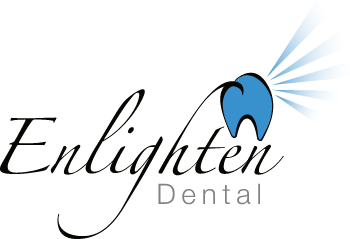All of your teeth play an important role in speaking, chewing and in maintaining proper alignment of other teeth. Tooth loss does not have to occur as you age, but if you do lose teeth, they must be replaced to maintain proper function of your mouth. Fortunately, there are options for correcting tooth loss.
What exactly is a bridge or fixed partial denture?
Teeth were designed to complement each other. Unusual stresses are placed on the gums and other oral tissues when teeth are missing. Over time, a missing tooth causes bone loss at the site. Teeth support your lips and cheeks, so open space can change the sound of your speech. We typically notice these changes with complete dentures, but we do not realize that the loss of just one or two teeth can have similar results.
A bridge fills the gap where teeth are absent. A bridge is either fixed (permanently in place) or removable (can be taken out). A fixed bridge is held in place by crowns cemented to your natural teeth on either side of the open space. Fixed restorations offer more stability. A removable bridge is attached to the teeth with metal clasps or by precision attachments.
What if I only have teeth on one side of the space?
A Cantilever bridge only needs teeth on one side to attach a new tooth. Another alternative is a dental implant. An implant acts as a replacement for a missing tooth’s root. It provides a stable foundation to attach a new tooth without any treatment to your neighboring teeth. Implants help slow bone loss. They look, feel and function more like your natural teeth. You must have the proper bone structure and healthy gum tissue to be a good candidate for a dental implant. During your treatment discussion, we will provide answers to help you choose the best solution for your mouth.
